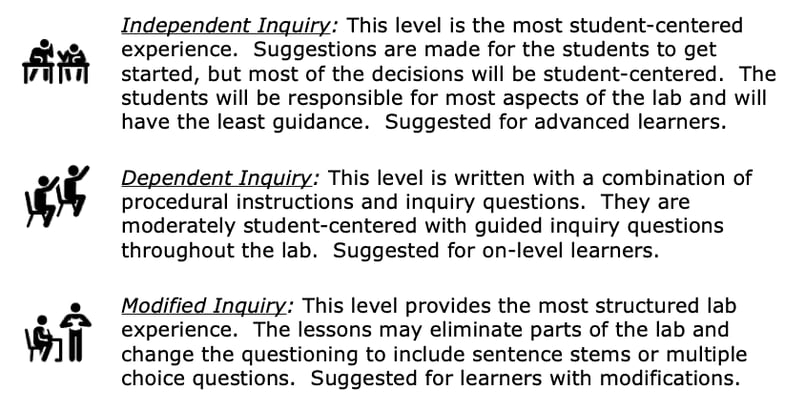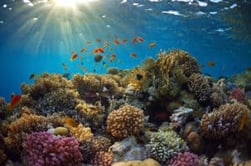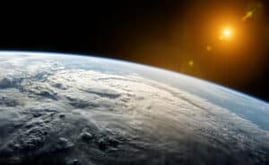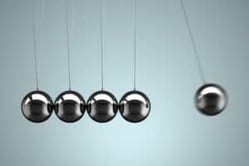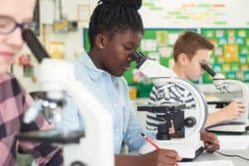Origins of the Universe Inquiry Lab
Middle School Inquiry Lab on Origins of the Universe
In this lab students will first examine past and current theories about the nature and origin of the universe. They will sort them into time order, then group them by topic to compare differences. Next, students will investigate the phenomenon of redshift, a critical piece of evidence in many current theories.
Each inquiry lab will contain an essential question that will drive the lesson and make students think. For this lesson, the essential question is:
- How does redshift provide evidence of an expanding universe?
BACKGROUND INFORMATION AND MATERIALS LIST:
Students will begin the lab by reading the essential question and background information. This can be done individually, as lab groups, or as a whole class. If you consider lab groups, you also might include some type of whole class formative checks before digging into the lab.

Materials List:
- set of universe cards
- large (about 2′ long) light-colored tray/pan that holds at least 1″ of water
- ball at least 2″ in diameter, but not larger than 5″
- colored pencils
PROCEDURE:
This lab contains three parts and takes two class periods. In the first part, students arrange a set of cards chronologically, showing the earliest theory to the most recent.
In the second part, students shuffle the cards once again and this time place cards into different categories based on the information provided on each card. For students to really examine similarities and differences, you might want to allow students to take the rest of the class period to finish this part.
In the last part, on the second day of the lab, students will take a pan of water and a ball and observe the wave patterns the ball makes, first by bouncing the ball and then by rolling the ball from one end to the other. Students will diagram their observations on their lab sheet.
CHECK FOR UNDERSTANDING:
At this point in the lab, students will be checked for understanding by answering questions about their findings. Here are a few that come with the lab:
- What is the oldest theory of the universe?
- What is the most recent theory of the universe?
- What is one example of evidence that changed the way people looked at the universe? How did it change a theory?
- If you were observing the galaxy while standing at Point A, would the light you see from the galaxy be bluer or redder?
- If you were standing at Point B, would the light you see from the galaxy be bluer or redder?
CONCLUSION
Students will go back to the essential question and write a CER (Claim, Evidence, Reasoning) to conclude the lab. Once completed, students will reflect back on their learning by answering the following question:
- Is the galaxy moving away faster than it was, slower than it was, or staying the same? Why?
MODIFIED AND INDEPENDENT INQUIRY VERSIONS
All of the Kesler Science inquiry labs come with three different modification levels. Each lab is differentiated using the icons below.
STANDARDS ALIGNMENT
TEKS: 8.8D – Research how scientific data are used as evidence to develop scientific theories to describe the origin of the universe.

Download Over $100 in FREE Resources
For Middle School Science
Simply create a login below and gain immediate access to a selection of our Kesler Science product line worth $100 - for FREE. There's a full version of every product type! You'll also join tens of thousands of middle school science teachers who receive timely tips and strategies straight to their inbox.

